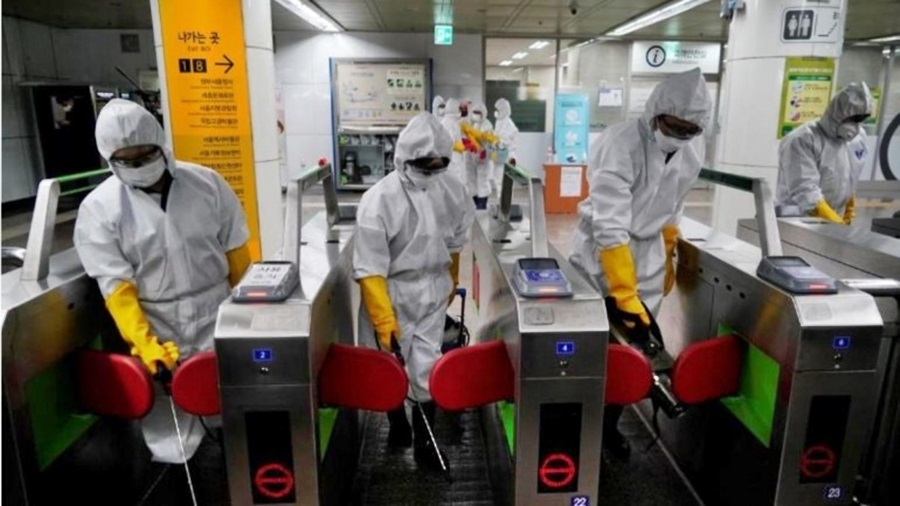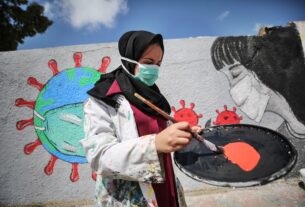Sun 08 March 2020:
Taipei, Taiwan – With some 850,000 Taiwanese living and working in China, Taiwan could have been one of the hardest hit when the coronavirus outbreak emerged in late December in Wuhan, a central Chinese city of 11 million people and the epicentre of the outbreak.
The timing would prove devastating for China and the rest of the world, as the outbreak began to accelerate around Lunar New Year, a time when hundreds of millions of Chinese travel abroad or return home to see their families.
But Taiwan, an island democracy with a population roughly the size of Australia, has so far managed to keep cases to 45 and one death, even as infection rates in China have topped 80,000 and the virus has mushroomed in places like South Korea, Japan, Iran and Italy.
Taiwan’s success so far in handling the infection has largely been due to its early response at a time when the virus was still poorly understood and its transmission rate still unclear.
It also relied on historic experience rather than waiting for cues from the World Health Organization (WHO), which continues to deny Taiwan observer status for political reasons.
“Taiwan was hard hit by SARS and with that hard and bitter lesson Taiwan came very prepared,” said Chunhuei Chi, a professor in the College of Public Health and Human Sciences at Oregon State University.
After the SARS epidemic, Taiwan established a central command centre for epidemics the following year, keeping it a few steps ahead of other places in Asia before the coronavirus hit, Chi said.
The command centre made it easier for medical authorities to gather data, redistribute resources, investigate potential cases and follow up on their contact history, while they also were able to quickly isolate patients found to be carrying the virus.
Learning from SARS, Taiwan also quickly conducted health checks on passengers from Wuhan in early January, well before it was understood that the virus could pass between humans.
‘Super alert’
By the first week of February, Taiwan began rationing surgical masks and restricting the entry of passengers with a travel history in China, while requiring a 14-day quarantine for those who had been to Macau and Hong Kong.
Hand sanitiser and fever checks became customary in many public buildings, while the Centers for Disease Control and other agencies issued daily mobile phone alerts about the latest cases and information on the places they had visited.
Jason Wang, the director of the Center for Policy, Outcomes and Prevention at Stanford University, said the Taiwanese government “was really super alert” in its response.
Experts said Taiwan’s success is comparable to Singapore’s, where while there are now more than 100 coronavirus cases, early action has kept the illness from spreading further despite its high-risk status as a major Asian transit hub, and strong trade ties with China and Hong Kong.
Learning from SARS, Singapore also moved quickly to impose health checks before closing its borders in late January to most travellers from China, as well as imposing heavy fines on anyone found violating self-quarantine orders. It also closed schools and universities.
Both Taiwan and Singapore also offered large stimulus packages as the economy felt the impact of the coronavirus and a loss of tourism from China.
In an article published in The News Lens, Roy Ngerng wrote that Taiwan’s handling of the crisis was even “better than Singapore”.
‘Others slow to act’
While Taiwan and Singapore’s leadership acted swiftly, other countries hit by the virus were either slower to act, or to be open to the public about possible risks.
“My impression is – [although] I’m at some distance – that the political leadership [in Singapore and Taiwan] took this cue and advice from the ministry of health from the scientists and the clinicians. I think that’s a very good formula,” said William Schaffner, an infectious diseases specialist at Vanderbilt University.
He said places like the US have been slow to act.
Think your friends would be interested? Share this story!






